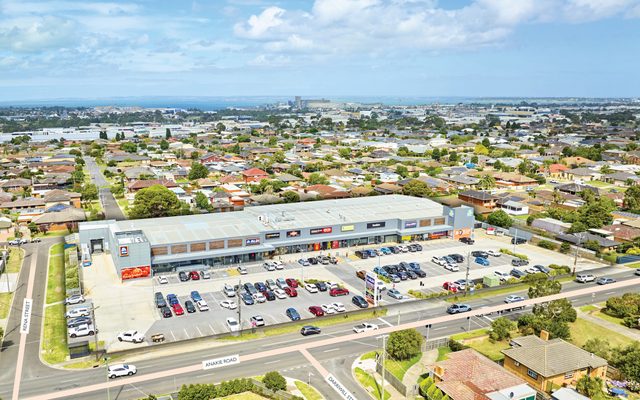This article is from the Australian Property Journal archive
THE impending wind-up of government stimulus measures is bringing into focus major shopping centres’ reliance on small independent retailers, as well as the risk of consolidation of major businesses.
Property research collective PAR Group – consisting of Damian Stone of Y Research, Rob Ellis of The Data App and Anthony De Francesco of Real Investment Analytics – analysed almost 10,000 retail tenancies and found 37% of retailers operate between one and three stores across the country’s largest 31 centres.
Most of these are cafes, takeaway food outlets, and food retailers such as butchers, or health and beauty businesses such as hairdressers, barbers and nail salons. Fashion retailers in this cohort are minimal.
The researchers said this reliance on small businesses highlights some of the potential issues with the tenancy mix of shopping centres post-April. Having helped them continue trading throughout the pandemic, the proposed ending of government assistance programs could leave these retailers vulnerable if there are significant changes to consumer spending, particularly discretionary spending.
“This has ramifications for shopping centres owners, as they face the risk of store closures of small businesses which have insufficient financial reserves to trade profitably in a post-COVID-19 retail environment.”
There are 23 retailers that operate from more than 95% of centres, including supermarkets Coles and Woolworths, discount department store Target, telcos Optus and Telstra, and food and beverage majors KFC and Subway. Premier Investment’s Smiggle and Alexander, sports store Rebel, and fashion retailer Cotton On are also in this group.
Fashion chains such as Autograph, Zimmerman and Alica McCall are common among those that lease between four to 10 stores within the surveyed centres. These make up 18% of all stores.
Large retail chains, which operate from at least 80% of shopping centres, account for just 17% of retailers. These include Vodafone and Flight Centre and luggage retailer Strandbags.
“In addition, there is the potential for network consolidation of major retail chains, such as Premier Investments and Mosaic Brands,” the researchers said, adding that the legacy of COVID-19, in terms of long-term changes to international travel, could lead to further store closures from major retailers, such as Flight Centre and Strandbags.
“Any consolidation from major retailer, either by reducing their store networks or via restructuring and/or due to going into administration, raises re-leasing challenged for centre owners. In all likelihood, independent operators will backfill vacant space, but whether historical rental levels are paid is clearly questionable.”
Major department chains David Jones and Myer have been acting on their plans to reduce their store footprints.
The threat of online shopping taking away foot traffic from shopping centres has been weighing on the retail sector for some time, but has been heightened during the pandemic. Vicinity Centres has just seen another $570 million wiped off the value of its malls portfolio after $1.8 billion was wiped out in the first six months of 2020.
Rivals Scentre Group, the owner of Westfield shopping centres, took a 10% hit to its portfolio value in the first half of 2020, and Stockland booked a 10.7% hit of $715 million. Mirvac took a $349 million blow to its retail segment, while $476 million was wiped from GPT’s retail portfolio in the first five months of the year alone.
Capital growth for retail assets has fallen sharply as the pandemic accelerated shifts towards online shopping and ecommerce. The researchers said that with shoppers increasingly purchasing goods online, central to the next decade of retail, is getting consumers to the door of the shopping centre.
“The pandemic induced increase in the demand for click and collect services has impacted on shopping centre footfall, as well as store rent. Consequently, servicing the click and collect market will be key, as owners and retailers will need to foster additional retail spending, maybe via old-school window-shopping store presentation, exclusive in-store promotions or secure collection spots within the interior of the centre.”




